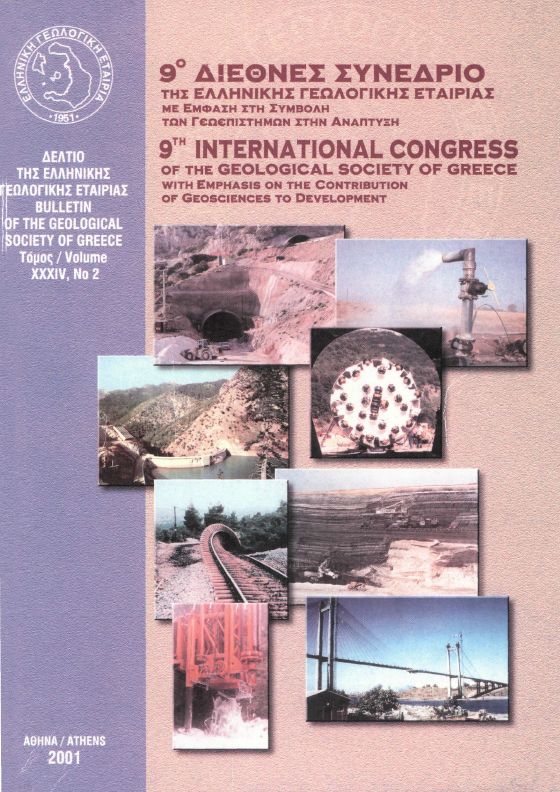Tectonic structure and evolution of the upper plate of Vlahokerasia Metaporphic core (Central Peloponnesus)

Abstract
The geological structure of Vlahokerasia metamorphic core is consisted by a series of imbricated tectonic units, the occurrence of which, from the bottom to the top is as follows: Marbles, Phylites-Quartzites, Tripolitza and Pindos unit. Nevertheless, it has often been observed that some units are juxtaposed, not on the immediate tectonically underlying unit but on even lower units (i.e. Pindos unit lies directly on the Phyllites-Quartzites unit). The first two units, which have undergone Late Oligocene - Early Miocene HP/LT metamorphism, represents the lower plate of the metamorphic core, whereas the latter two (Pindos and Tripolitza units) correspond to the upper plate. The rocks of the upper plate are mainly characterized by a relatively small thickness (<300m) and they are strongly tectonized by two sets of normal faults. The main fault system trends in a ΝW orientation whereas the second one, which is younger, intersects the first set in a NNE orientation. Fault plane solutions performed on the previous-mentioned fault scarps showed a NE-SW oriented extensional stress distribution. In order to study the extensional tectonics, which has obviously influenced the fabric of the whole upper plate, a cross-section parallel to the main extensional axis and very close to the detachment surface has been constructed. The restoration of the cross-section showed that the extension of the upper plate was a result of the function of two sets of 'domino faults' of, relatively, opposite polarity. The gradual activation of these two sets of faults caused a severe thinning of the upper plate, expressed by a horizontal extensional deformation in the order of 302-422 %. Based on the existing radiochronological data, derived from the lower plate and on the age of the postalpine formations, which cover uncomformably the older structures, we assume that the extensional deformation of the upper plate took place during Early Miocene-Lower Pliocene. Regarding the post-alpine sediments, they have been deposited into basins created during the activity of a NW-oriented normal fault system, which cut through the older extensional features.
Article Details
- How to Cite
-
ΣΚΟΥΡΤΣΟΣ Ε., ΑΛΕΞΟΠΟΥΛΟΣ Α., & ΛΕΚΚΑΣ Σ. (2001). Tectonic structure and evolution of the upper plate of Vlahokerasia Metaporphic core (Central Peloponnesus). Bulletin of the Geological Society of Greece, 34(1), 217–225. https://doi.org/10.12681/bgsg.17016
- Section
- Tectonics

This work is licensed under a Creative Commons Attribution-NonCommercial 4.0 International License.
Authors who publish with this journal agree to the following terms:
Authors retain copyright and grant the journal right of first publication with the work simultaneously licensed under a Creative Commons Attribution Non-Commercial License that allows others to share the work with an acknowledgement of the work's authorship and initial publication in this journal.
Authors are able to enter into separate, additional contractual arrangements for the non-exclusive distribution of the journal's published version of the work (e.g. post it to an institutional repository or publish it in a book), with an acknowledgement of its initial publication in this journal. Authors are permitted and encouraged to post their work online (preferably in institutional repositories or on their website) prior to and during the submission process, as it can lead to productive exchanges, as well as earlier and greater citation of published work.



